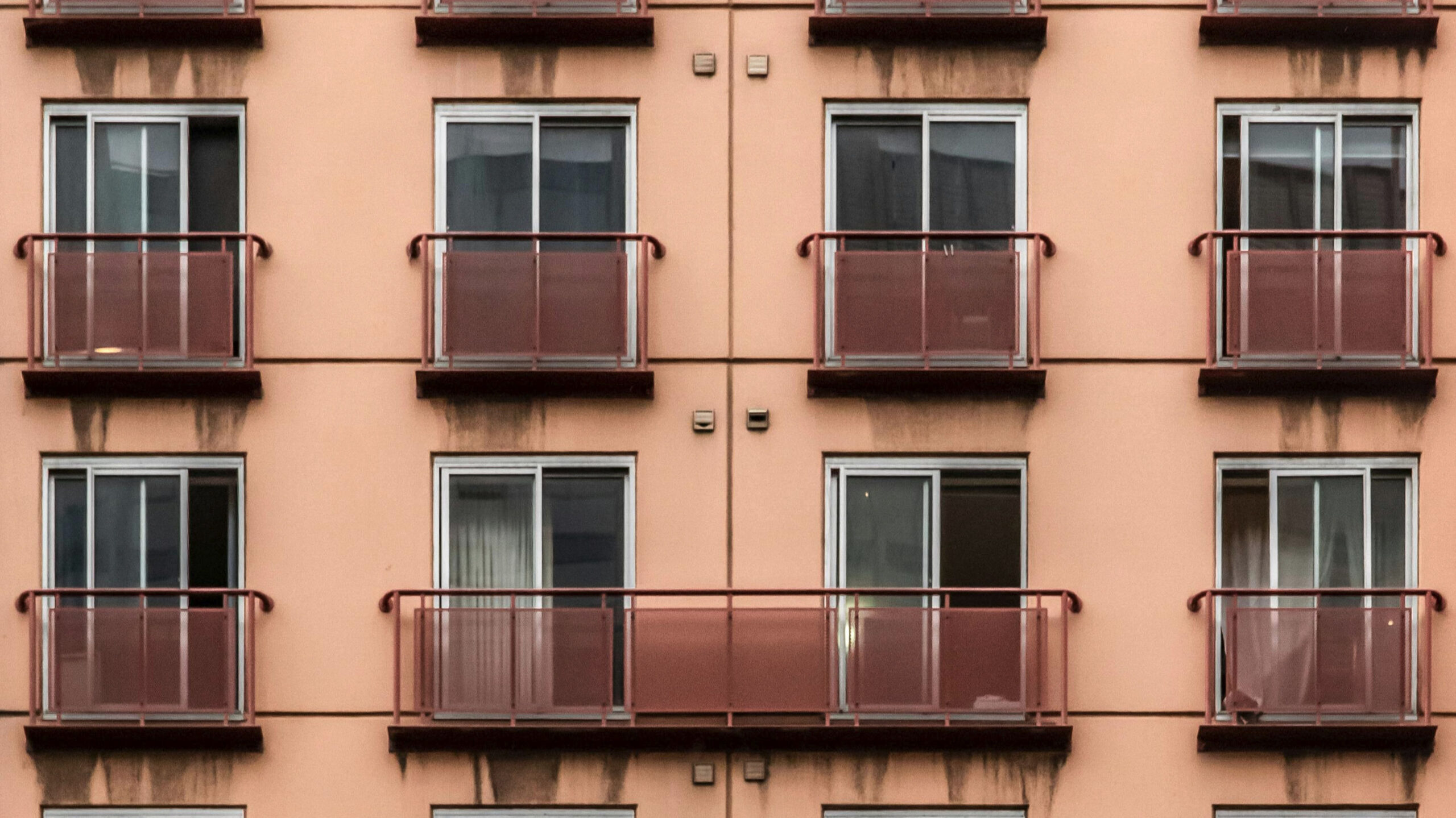Elephant in the room. Fixing Britain’s housing problem will require some government muscle. Prime Minister Keir Starmer has promised to increase the supply of cheap homes and change planning laws, but relying on private developers may have its limits, and share prices in the sector are not reflecting a boom. Starmer will also need to use public funds.
The UK housing crisis seems to be getting worse by the day. House prices in London, for example, have almost doubled From 7 times the median income in 2002 to 13 times last year. The Centre for Economic Performance found that in the 30 years since 1989, 3 million fewer homes were built than in the previous three decades despite rising demand from a growing population. Starmer wants to catch up building 1.5 million new homes during his parliamentary term, equivalent to an annual target of 300,000. The Conservative government led by Rishi Sunak has only delivered 226,000 in his last year of office.
Starmer is already tackling one of the biggest problems. Planning applications are controlled by regional authorities, allowing local interests to stymie development. The government is therefore proposing to hire more planning officers, force local authorities to meet strict housing targets and expand the scope of land that can be built on.
But a property boom will still require developers to step up their game. Private developers will only build more if they expect higher demand and higher profits. But with high construction and labour costs and weak demand due to high mortgage costs, they are unlikely to ramp up construction quickly. Developers may even fear that a surge in construction could depress prices, so they prefer to sit on unused land. The UK’s top 10 housebuilders have some 700,000 Plots of non-urbanizable land as estimated for 2023.
Investors in housebuilders are not expecting anything like the boom that Starmer promises. Although housebuilder shares have risen since Labour’s election victory in July, most are still trading below their level in December 2021, when the Bank of England began raising rates. Analysts are similarly sceptical. Take Persimmon, which is a likely beneficiary of Starmer’s plan given its focus on cheaper homes. The group delivered only about 9,900 homes in 2023, down around a third from the previous year. Analysts expect that figure to rise to just over 14,000 new homes in 2029 according to Visible Alpha forecasts, which would still be below the figure sold in 2022. Barratt Developments is expected to deliver just under 17,000 new homes in 2029, down from around 18,000 it built in 2022.
Starmer could try to encourage private construction through schemes like the Conservative Party’s “help to buy” programme, which reduced down payments for first-time buyers and gave them interest-free loans for five years. But that scheme, which ended in 2022, was largely unsuccessful: it pushed up house prices but did relatively little to help get new homes started.
What Starmer really needs is to increase the number of cheaper homes. Developers must build a certain percentage of affordable homes, which are often sold to local councils and non-profit housing associations and rented out, usually with government support for tenants. But those properties accounted for for just 13% of the UK’s new housing supply in 2023. It doesn’t help that local authorities have faced significant reductions in funding grants from central government, which have fallen by 46% in real terms since 2010. according Meanwhile, housing associations are facing higher maintenance costs for existing homes, limiting their ability to buy new ones.
That’s why Starmer needs to step up. Chancellor Rachel Reeves is likely to increase Rents for affordable homes, often paid for by government subsidies, would rise more than inflation over the next 10 years. That would bring more money to local housing associations and councils, helping them invest in more properties. The government could also increase direct support to them with grants. One industry player believes Starmer may announce a new housing fund worth several billion pounds in the October budget. That would be expensive at a time when the country is already facing a £22 billion bill. hole This year, but if Starmer wants to solve Britain’s housing problem, he will have to be bold.
Context news
UK Prime Minister Keir Starmer on August 27 reiterated his promise to build 1.5 million new homes during the current parliamentary term. In a speech at Downing Street, Starmer pledged to “tackle the obstacles” to housing construction by speeding up the planning and approval of new homes. When asked about tax increases during a visit to central Scotland on August 28, UK Chancellor Rachel Reeves said she would make “tough decisions across a range of areas” and refused to rule out increases to both inheritance tax and capital gains tax, according to Sky News. Reeves intends to introduce a 10-year formula in the October parliamentary term. Budget which will increase annual rents for social housing in England by the Consumer Price Index, a measure of inflation, plus an additional 1%, the Financial Times reported on August 20, citing unnamed government sources.
Disclaimer:
The information contained in this post is for general information purposes only. We make no representations or warranties of any kind, express or implied, about the completeness, accuracy, reliability, suitability or availability with respect to the website or the information, products, services, or related graphics contained on the post for any purpose.
We respect the intellectual property rights of content creators. If you are the owner of any material featured on our website and have concerns about its use, please contact us. We are committed to addressing any copyright issues promptly and will remove any material within 2 days of receiving a request from the rightful owner.

